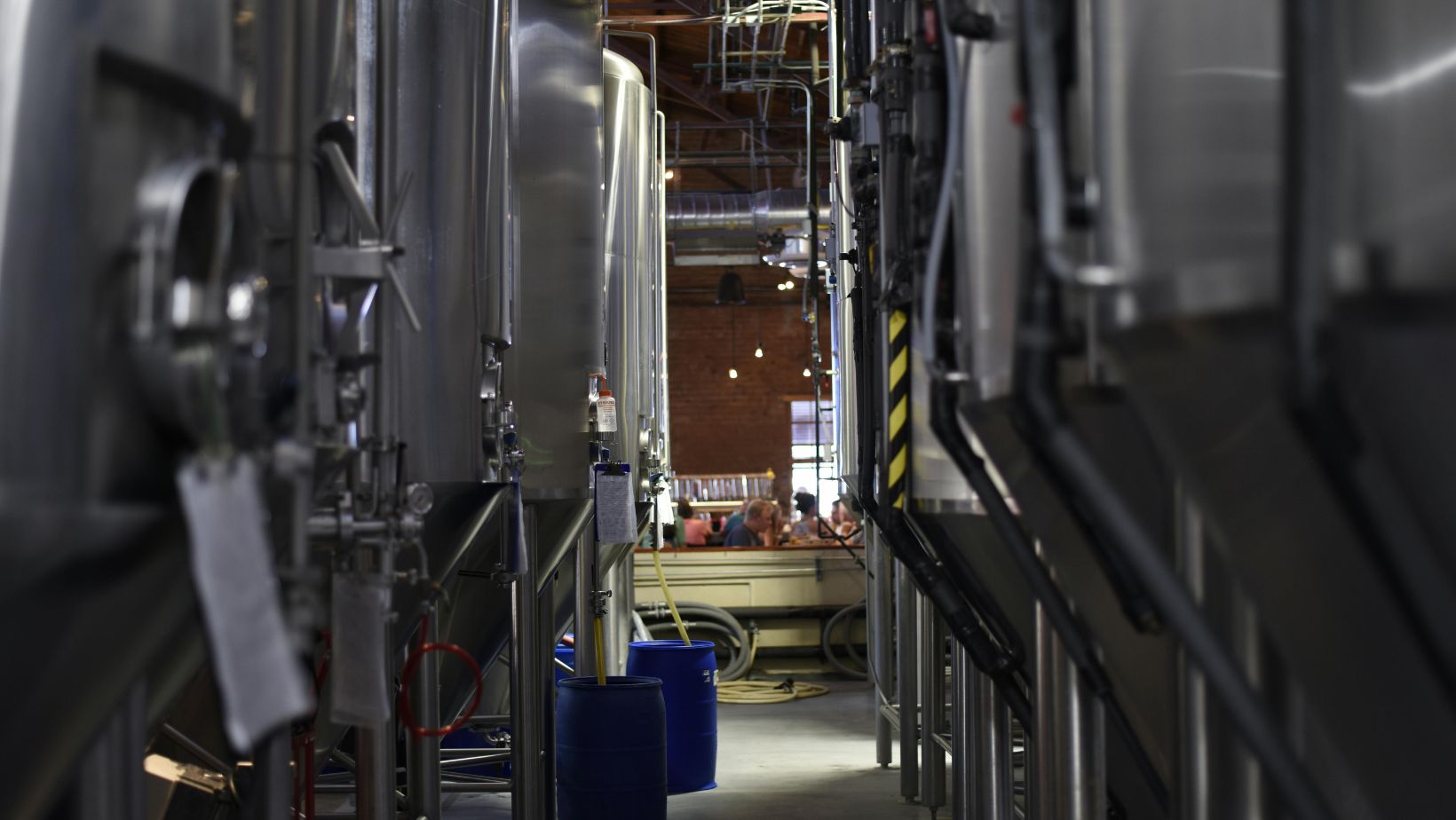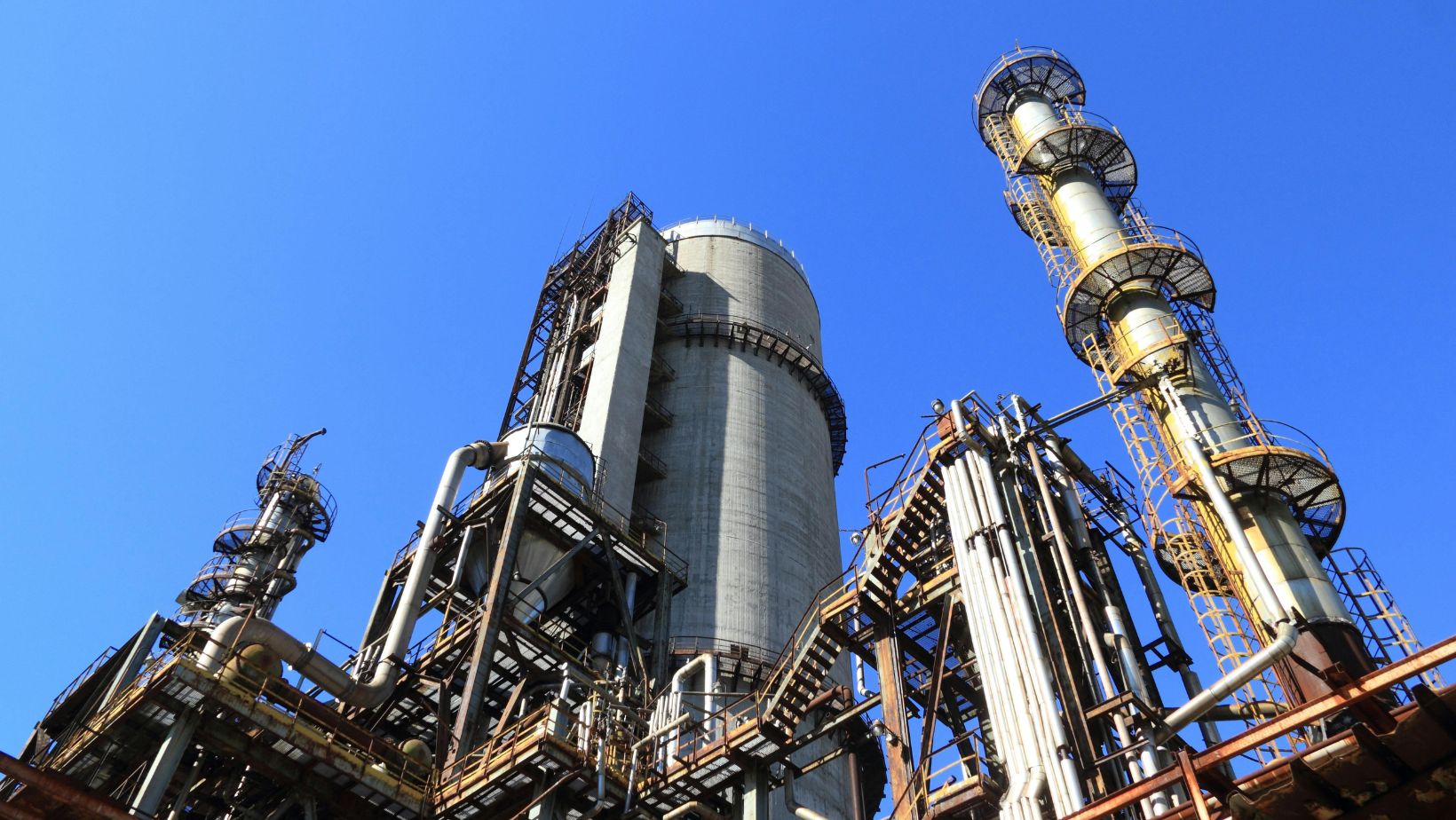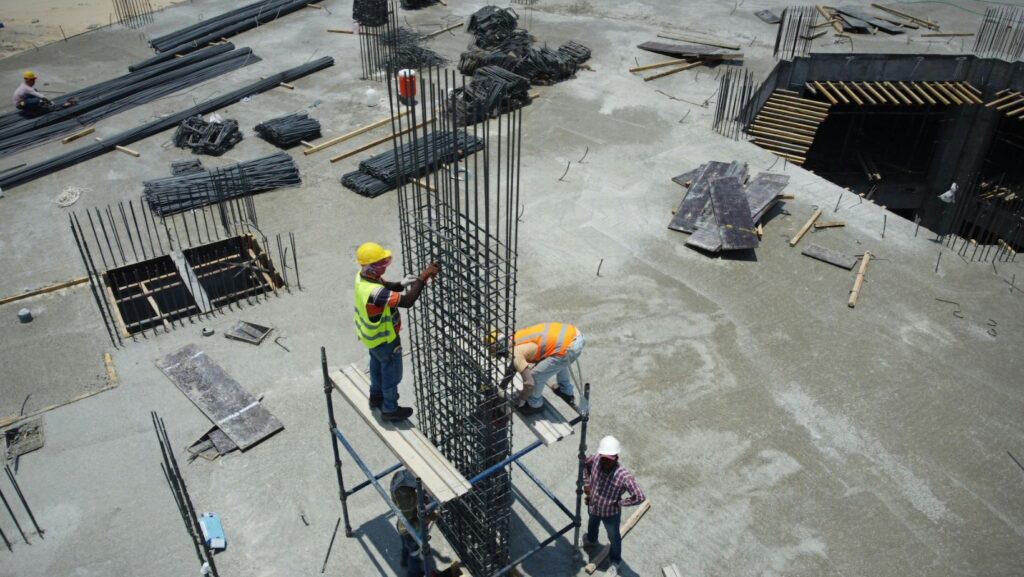When working in environments with abrasive materials and challenging conditions, selecting the right slurry and dredge pumps is crucial. These pumps are designed to handle thick, viscous, and often corrosive materials, making them essential for industries like mining, construction, and dredging. Choosing the right pump can significantly impact efficiency, cost, and maintenance.
Understand Your Material’s Properties
Before choosing a pump, you need to thoroughly understand the properties of the material you’ll be handling. If you’re dealing with highly abrasive materials, as highlighted at https://eddypump.com/select-dredge-pump-101/, you’ll need a pump with durable, wear-resistant components. Factors like particle size, abrasiveness, and corrosiveness will dictate the type of pump that’s most suitable. A pump that can handle a wide range of particle sizes and is resistant to corrosion will offer better performance and longevity.
Evaluate Pump Construction and Materials
The construction materials of the pump are crucial for longevity and performance. Look for pumps made from high-quality, wear-resistant materials like chromium alloy or stainless steel. These materials will better withstand harsh conditions and reduce the need for frequent replacements or repairs. Additionally, check for features like replaceable liners and impellers, which can extend the life of the pump and lower maintenance costs.
Consider Pump Efficiency and Energy Consumption
Efficiency is key when it comes to reducing operational costs. High-efficiency pumps consume less energy and can lead to significant savings over time.

Look for pumps with high hydraulic efficiency and consider those with variable speed drives, which can adjust the pump speed according to demand, further optimizing energy use. An energy-efficient pump not only saves on electricity but also minimizes environmental impact.
- Hydraulic Efficiency Ratings: Review the hydraulic efficiency ratings of different pumps to choose one with optimal performance. Higher-efficiency pumps convert more energy into fluid movement, reducing energy consumption and operational costs.
- Variable Speed Drives: Pumps equipped with variable speed drives (VSDs) offer greater flexibility and efficiency by adjusting the pump speed based on real-time demand. This capability reduces energy consumption and wear on the pump, leading to lower operational costs.
Assess the Pump’s Operational and Maintenance Requirements
Ease of operation and maintenance are important factors in selecting the right pump. Choose pumps that are designed for easy access to components like impellers and bearings for straightforward maintenance. Additionally, consider pumps with diagnostic features that provide real-time monitoring and alerts. This can help you address issues before they lead to major breakdowns, ensuring smooth and continuous operation.
- Tool-Free Maintenance: Look for pumps designed for tool-free maintenance, allowing quick and easy access to critical components. This design feature minimizes downtime and simplifies routine maintenance tasks, keeping operations running smoothly.
- Diagnostic and Monitoring Systems: Pumps with integrated diagnostic and monitoring systems offer real-time data on performance and potential issues. These systems can alert you to problems early, enabling proactive maintenance and reducing the risk of unexpected failures.
Check for Reliability and Manufacturer Support
Reliability is essential, especially in high-demand environments. Opt for pumps from reputable manufacturers known for their reliability and customer support. Research user reviews, and case studies, and consult with industry professionals to gauge the performance and support of different pump brands. A strong warranty and responsive customer service can also make a significant difference in addressing any issues that arise.
- Reputation and Reviews: Investigate the reputation of the pump manufacturer by reading reviews and case studies from other users. Positive feedback and successful performance in similar applications indicate a reliable product.
- Warranty and Service Agreements: Choose pumps from manufacturers that offer comprehensive warranties and service agreements. A robust warranty can provide peace of mind and protect against unexpected costs due to manufacturing defects or premature failures.
Evaluate Total Cost of Ownership
When selecting a pump, consider the total cost of ownership rather than just the initial purchase price. This includes maintenance costs, energy consumption, and potential downtime. A more expensive pump might offer greater efficiency and durability, leading to lower long-term costs.

Analyze the lifecycle costs to determine the most economical option for your specific needs.
- Life Cycle Cost Analysis: Perform a detailed life cycle cost analysis to compare the long-term expenses associated with different pumps. This analysis should include initial purchase costs, energy consumption, maintenance, and repair costs over the pump’s lifespan.
- Cost-Benefit of Advanced Features: Evaluate the cost-benefit of advanced features such as energy-efficient designs and wear-resistant materials. Investing in these features can result in lower operational costs and reduced downtime, making the higher initial cost worthwhile.
Choosing the right slurry and dredge pumps for demanding applications involves a thorough understanding of your materials, evaluating pump construction, and considering efficiency, maintenance needs, reliability, and total cost of ownership. By taking these factors into account, you can ensure that your pump performs optimally, reducing downtime and maintenance costs while increasing overall efficiency. Investing time in selecting the right pump will pay off in the long run, providing you with reliable performance and cost savings.



